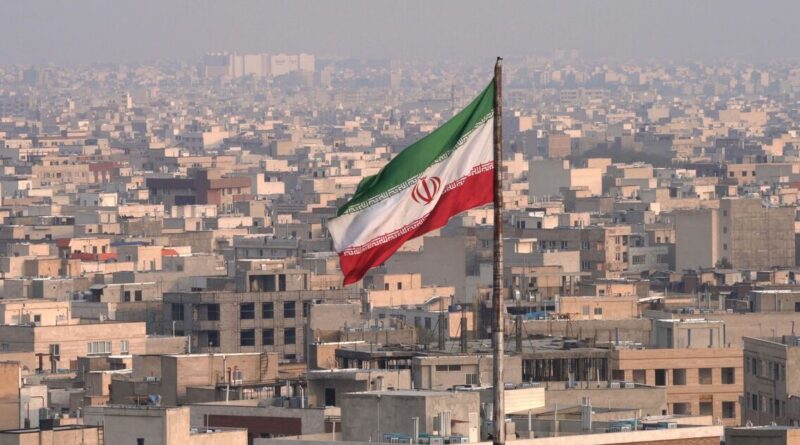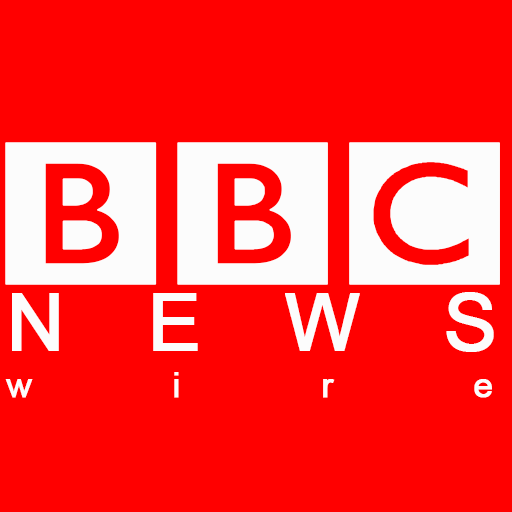The huge country set to build incredible new £75billion capital city | World | News
One of the largest countries in the Middle East is facing a major crisis due to its capital city’s overpopulation, serious lack of water and power shortages, among other issues. As such, Iran’s leaders have decided there is no choice but to move its capital city in a project set to cost between an eyewatering $77 and $100 billion (£57.6 to £74.8 billion).
Located in the north-central part of Iran in a valley at the foot of the Alborz mountain range, Tehran is both the capital and largest city in the country. It is now home to about 9.8 million people in the city proper, making it the most populous in the whole of Western Asia. In fact, Iran is the second-largest country in the Middle East, covering an area of over 636,300 square miles, only behind Saudi Arabia. The idea of moving the capital has been discussed periodically since the Islamic Revolution in 1979, but has never materialised due to both economic constraints and logistical challenges. However, the current Iranian administration under President Masoud Pezeshkian has reignited talks, claiming they have no choice but to move the capital to the south of the country.
During a visit to the Hormozgan province, which sits on the Persian Gulf opposite Dubai, earlier this month, Mr Pezeshkian said he had raised the proposal with Iran’s supreme leader, Ayatollah Ali Khamenei, last year. While he admitted it had received a lot of criticism, he argued that the accumulating resource crises were now so serious that there was a duty to shift the capital.
“This region is located on the shores of the Persian Gulf and provides direct access to open waters and the development of trade and economic relations. If we have a different view of the capacities of this region, we can create a very prosperous and advanced region,” he said. “It is not good enough to accept the current situation and not design a scientific, accurate and indigenous map for the future.
“The problems the country is currently facing require us to direct the development path towards the Persian Gulf. Tehran, Karaj, and Qazvin are currently facing a water crisis, and this crisis cannot be easily solved.”
Tehran is now so full of people that it consumes nearly a quarter of the country’s water supplies. Mr Pezeshkian revealed last Thursday that in 2024, just 140 millimetres of rain fell, far below the average of 260 millimetres. Describing the situation in 2025 as “just as critical”, recent estimates have predicted that the amount of rainfall could be below 100 millimetres.
“If we want to transport water from this area to Tehran, the cost per cubic meter will be up to €4 [£3.50],” he said.
Tehran’s dams normally provided 70% of the capital’s water, with the remaining 30% provided by underground resources. However, low rainfall and increased evaporation have reduced the dams’ share and increased pressure on groundwater.
“In some areas, the land is subsiding by up to 30cm per year. This is a disaster and shows that the water beneath our feet is running out,” the president added.
The current plan is to move the capital from Tehran to the coast at Makran and Chabahar to develop a sea-based economy, enhance Iran’s trade capabilities and reduce the burden on Tehran. In April, the Deputy Minister of Roads and Urban Development announced the start of studies on 27 zones identified for the possible creation of coastal settlements in southern Iran.
“It is not yet clear how many new cities will be created in these 27 zones, and the consultants must announce what population these zones can accommodate,” he said.





